CIJ stands for Continuous Inkjet, a widely used printing technology—especially in industrial and commercial applications. A CIJ inkjet printer is designed to print variable data (like dates, codes, logos, or batch numbers) on various substrates such as plastics, glass, metals, paper, and more. Here’s an overview:
🔧 How CIJ Printers Work:
-
Ink is continuously expelled from a high-pressure pump through a microscopic nozzle, forming a stream of droplets.
-
An electric field charges selected droplets.
-
Charged droplets are deflected by electrostatic plates, allowing the printer to direct them onto a surface in a controlled pattern.
-
Unused (uncharged) droplets are recirculated back into the ink system.
✅ Key Features:
-
High-speed printing (great for production lines).
-
Non-contact printing, suitable for uneven or moving surfaces.
-
Fast-drying inks, often solvent-based for quick adhesion.
-
Long operational time before needing maintenance.
-
Can print on a wide range of materials.
🧃Typical Applications:
-
Food and beverage packaging (expiry dates, batch codes).
-
Pharmaceutical labeling (lot numbers, regulatory info).
-
Electronics (component labeling).
-
Automotive parts (serial numbers, compliance marks).
- Many other Companies (as per requirement).
🔷 Advantages:
- Very fast printing (up to ~1000 characters/second).
- Can run continuously for long hours.
- Works well on high-speed and harsh industrial environments.
- Prints on almost any surface (porous & non-porous).
CIJ (Continuous Inkjet) in short:
A fast, non-contact printing technology that sprays tiny ink drops to print batch codes, dates, and logos on almost any surface, ideal for high-speed production lines
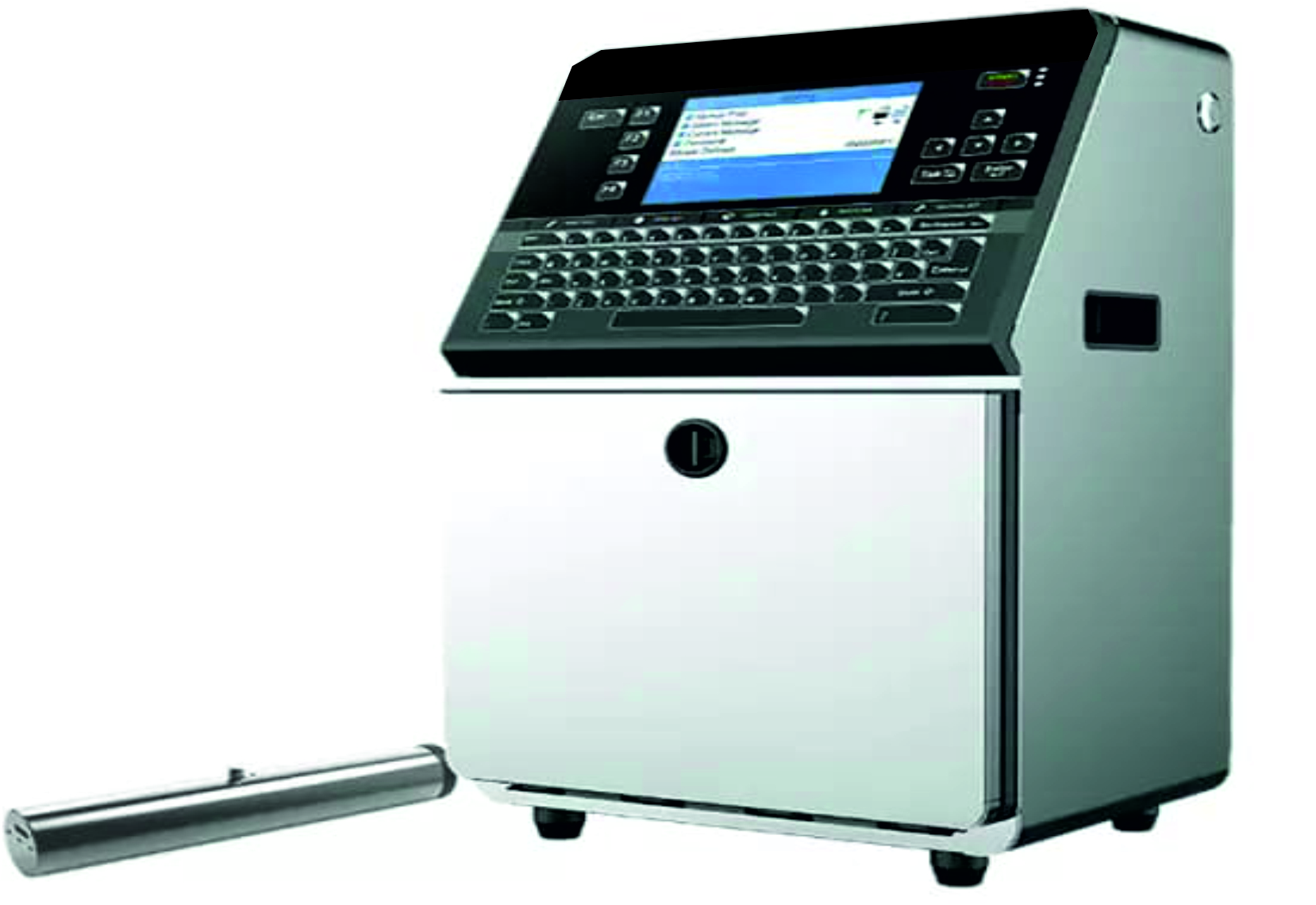

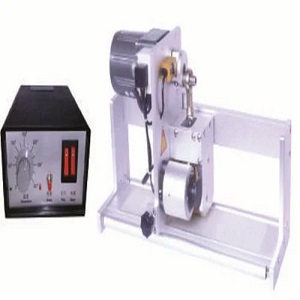
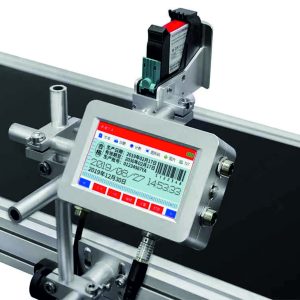
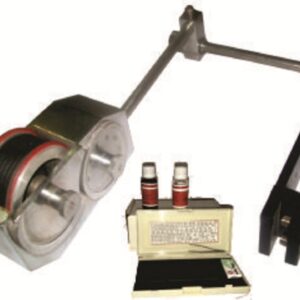
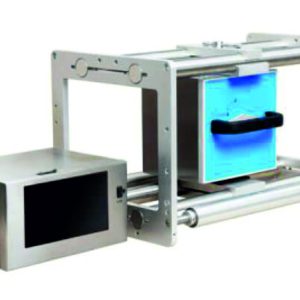
Reviews
There are no reviews yet.